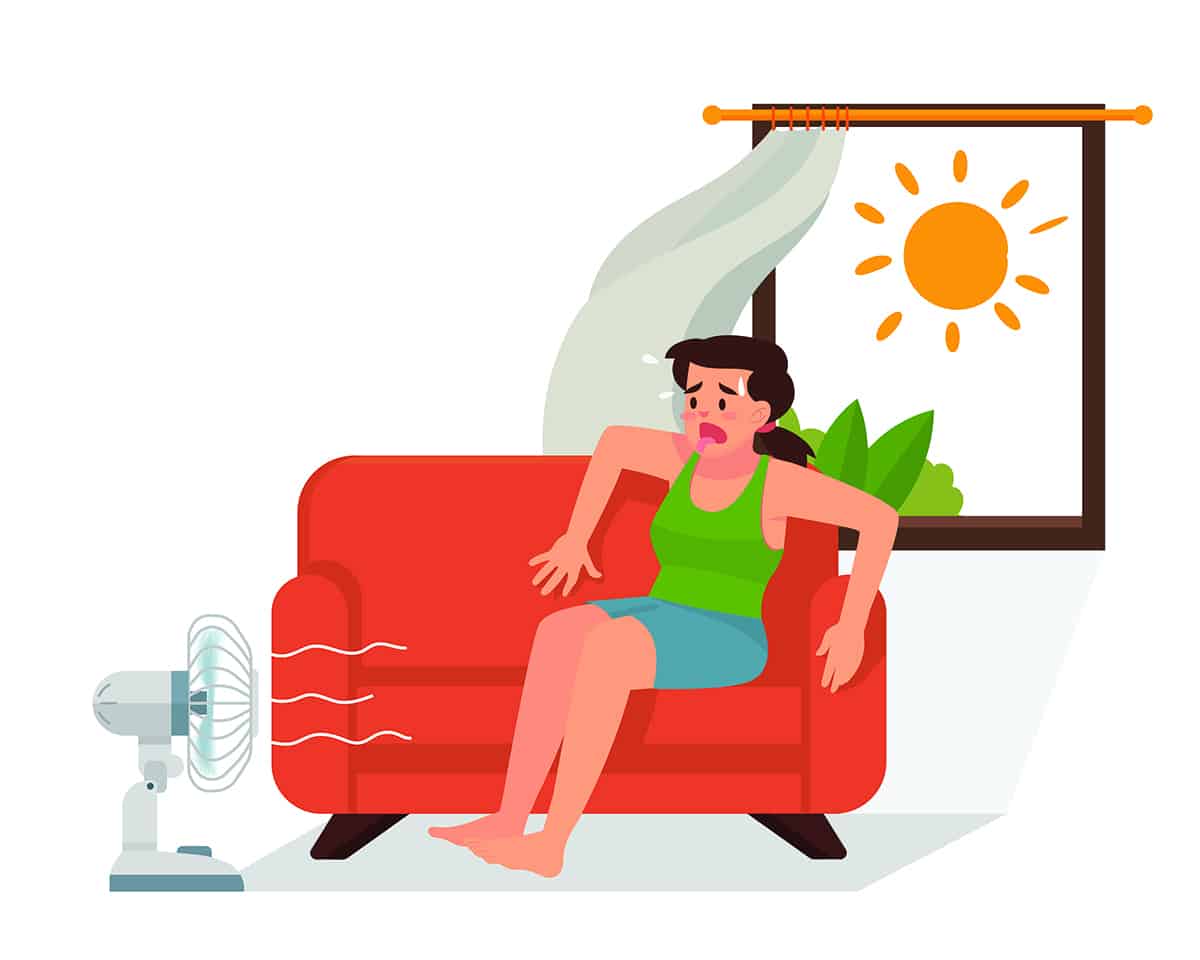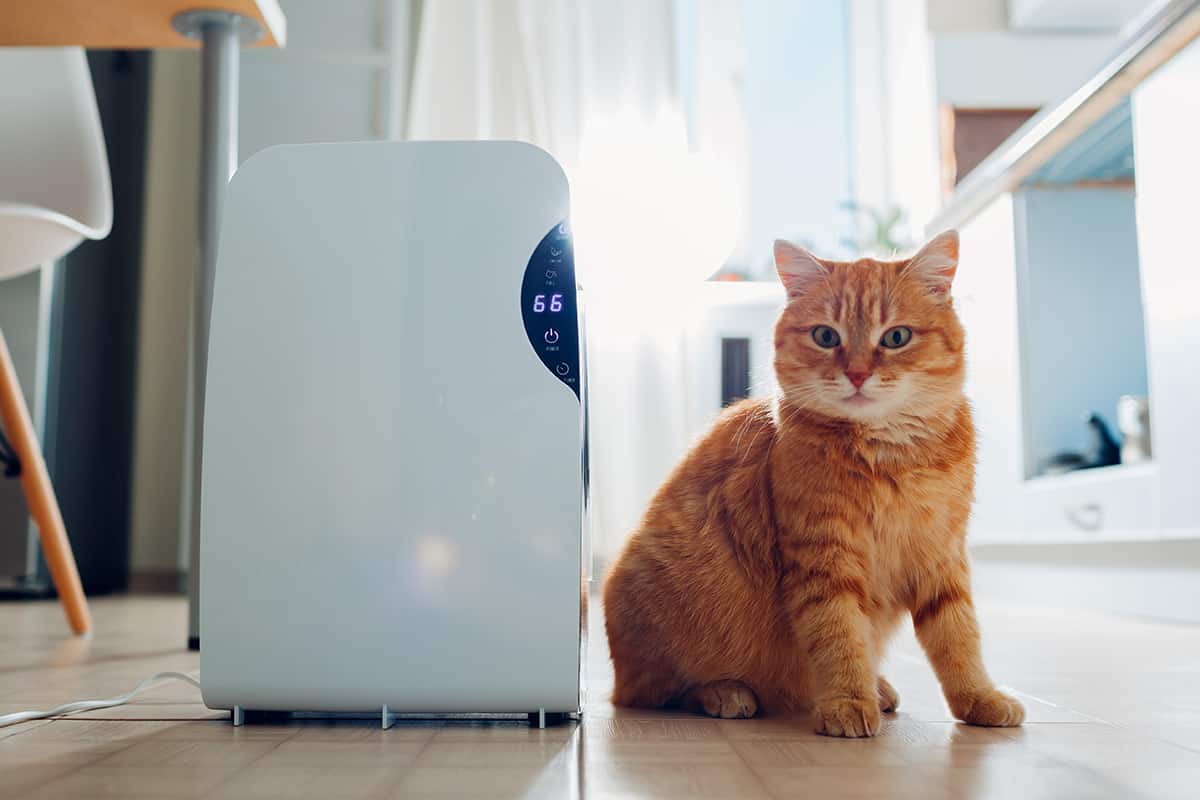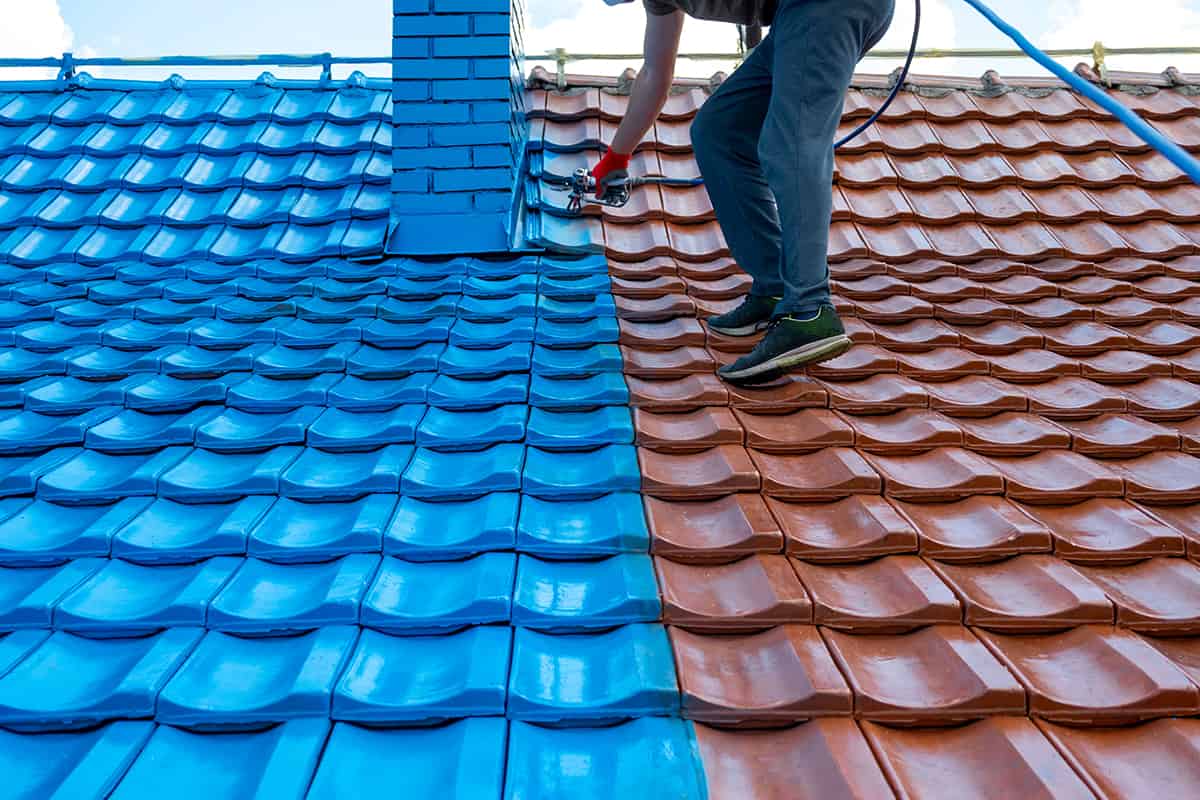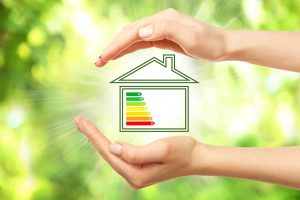When warmer months roll around, many people find it difficult to stay cool in their own homes. This can make it especially difficult to sleep at night or even to concentrate during the day. If you have children in the home, they can become very uncomfortable and irritable if they overheat, and this can actually be potentially dangerous for babies. So, why is your house so hot?
If your house seems hotter than usual despite the outside temperature remaining the same, it could be down to an error with your cooling appliances. Have you checked if your air conditioning unit is still operating properly?
An ineffective air conditioning unit will mean that the temperature in your home can rise significantly. Have the appliance checked over for signs of errors; you may be able to get it fixed, or it might be time to invest in a newer model.
There are various reasons why your home might seem overwhelmingly hot, and some of these can be easily remedied to help you keep cool.
Insulation
Many people view insulation as something that helps to keep us warm during winter, and while this is true, it actually is also very effective at keeping us cool during summer.
Insulation in your walls and ceilings acts as a buffer, helping to keep the air in the home at a more consistent temperature.
If you have your heating on in the winter, insulation will work to keep your hot air inside and prevent the outside colder air from getting close to the inside of the home. The reverse is true in warmer months.
If you are running an air conditioning appliance, then insulation will work to keep your cool air inside and keep the outdoor hot air at bay. Poor insulation makes it much easier for your inside air to escape and the outside air to get in. In summer, this means that your cold air-conditioned air isn’t able to stick around for long.
You can easily rectify this issue by having insulation installed, which will instantly improve the temperatures in your home to make you more comfortable.
Although insulation can be expensive, it is worth it in the long run because your heating and cooling bills will be significantly less, as your appliances won’t have to work as hard or for as long to make the home a suitable temperature.
Poor insulation is much more common in older homes, so if you have an old house that is getting unbearably hot, then it is certainly worth getting your insulation looked at.
Windows
There are three ways that your windows could be making your house hotter.
First of all, you need to consider the aspect of your windows. If you have large windows that are south facing, then the light will be shining through them all day, and sunlight equals heat. This will make any room with south-facing windows very hot.
You have probably noticed that there is a hotter ‘side’ of your home, where the rooms always seem to be a few degrees higher in the summer than the other rooms in your home. This is almost certainly because these rooms have south-facing windows.
One way to combat this is to invest in thermal blackout blinds. These reflect light, preventing any of the light or heat from penetrating through to the room. For these to be effective, you would need to leave the blinds closed all day, which is ordinarily fine in a bedroom, but in some areas of the home, such as a living room, you may not want to sit in darkness all day.
For these rooms, energy-saving window inserts are a good idea. These block heat from windows without blocking out the view. They are made from acrylic and have a slight green tint; think of them as the equivalent of sunglasses for your windows.
These are a good investment if you spend a lot of time in your south-facing rooms because they are able to drop the temperature by as much as 15 degrees.
Another way your windows could be contributing to excessive heat in your home is if they are not energy efficient.
If your windows have broken seals around the edges or have holes or gaps in them or cracks in the glass, then they will be allowing cool air to escape your home and inviting the outdoor hot air into your home. Unfortunately, this is a more tricky problem to address, especially if you have a small budget.
The best way to ensure your windows are not contributing to your heat issue is by having new energy-efficient windows installed. These help to keep homes cooler in summer and warmer in winter. Like insulation, energy-efficient windows can help to lower your power bills, and they are good for the environment.
This will make an especially big impact if your current windows are very old, as it is likely that they have leaks or may even not be double glazed. Alternatively, if your windows are not that old but have broken seals, you can create a temporary fix by using caulk around the perimeter of the windows to create a new seal.
Finally, your windows could be making your home too hot if you have left them open. Some people open their windows to try to cool down the home, but if the outdoor temperature is higher than the indoor temperature, then all you are doing is allowing more hot air into your home.
If you have your air conditioning on, then you should definitely keep your windows closed so that the cold air it is producing cannot escape, and you can then feel the most benefit from it within the home.
Humidity
Humidity plays a big role in affecting how hot we feel. Even if the temperature in your home is suitable, you can feel overheated if the humidity is too high.
This can be easily solved by buying a dehumidifier that will suck the moisture out of the air and help you to feel much cooler. If you have an air conditioning unit that is too big for your home, this could actually be the cause of excessively high humidity in your home.
Air conditioners remove humidity from the air, but if your air conditioner cools your home to the desired temperature too quickly, then it will shut off, which means the dehumidifier will no longer be operating, and the humidity in the home becomes a problem.
To fix this, you could trade it for a smaller, more appropriate air conditioner for your home or buy a separate dehumidifier that you can run even when the air conditioning unit has switched off.
Roof Color
Did you know that the color of your roof can affect how hot your home gets? This isn’t something that people typically think of, but it makes sense. Your roof is the lid to your home, underneath which your whole property is positioned.
If your roof absorbs heat, then it stands to reason that this is going to increase the temperature throughout your entire home. Dark colors are known to absorb heat, so light colors are better choices for roofing.
A new roof is a huge expenditure, so unless your roof is damaged, then it doesn’t make sense to invest in a whole new roof just to change its color. However, if you are planning to replace your roof anyway, then it is a good idea to opt for a color or a material that will reflect light.
A white roof will do the best job of reflecting light and preventing heat from penetrating your home. Other good choices include solar reflective asphalt or concrete tiles.
Draughts
Draughts are created at points in your home where air can leak in and out of your property. These are commonly found around doors and windows, vents, pipes, and trim. Draughts can also be found in gaps in brickwork for brick-built homes.
The problem with draughts is that they can let out as much as 50% of the cool air in homes during summer, which will, of course, lead to higher indoor temperatures.
This is also a problem in colder months because the draughts will let out the hot air you have been paying to heat.
This can make the inhabitants of a home very uncomfortable, and it is also very frustrating in terms of finances because you will be paying to heat or cool your home, and then a large portion of that air is escaping through draughts. To eliminate draughts, you will first have to locate them, which isn’t always easy.
Once identified, there are several ways to eradicate them. Use spray foam for larger gaps or caulk for smaller gaps. You can use a fabric draught excluder if the main problems are at ground level, where the exterior door isn’t flush against the floor when it is closed.







